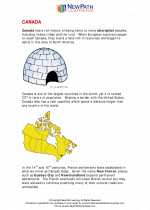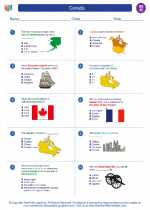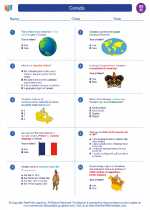Amazon River
The Amazon River is the largest river in the world by discharge volume of water and the second longest river in the world, after the Nile. It is located in South America and has a length of about 6,575 kilometers (4,086 miles). The river flows through Peru, Colombia, and Brazil, and is home to a highly diverse ecosystem.
Geography
The Amazon River has its source in the Andes Mountains in Peru and flows eastward to the Atlantic Ocean. The river basin, known as the Amazon Basin, is the largest rainforest in the world, covering an area of about 7 million square kilometers.
Flora and Fauna
The Amazon Rainforest is home to a rich diversity of plant and animal species. It is estimated that the region is home to about 10% of the world's known species. The river and its tributaries support a wide variety of aquatic life, including numerous species of fish, dolphins, and reptiles.
Human Impact
The Amazon River and its surrounding rainforest have been subject to deforestation and environmental degradation due to human activities such as logging, agriculture, and infrastructure development. Efforts are being made to protect and conserve the Amazon Rainforest due to its ecological importance.
Study Guide
- What is the significance of the Amazon River in South America's geography?
- Describe the flora and fauna of the Amazon Rainforest.
- What are the major threats to the Amazon River and its surrounding rainforest?
- Discuss the importance of conservation efforts in the Amazon Basin.
Studying the Amazon River provides insights into the geographical, ecological, and environmental aspects of South America. Understanding its significance can lead to a greater appreciation for the natural world and the need for conservation efforts.
[Amazon River] Related Worksheets and Study Guides:
.◂Social Studies Worksheets and Study Guides Eighth Grade. Canada

 Worksheet/Answer key
Worksheet/Answer key
 Worksheet/Answer key
Worksheet/Answer key
 Worksheet/Answer key
Worksheet/Answer key
 Worksheet/Answer key
Worksheet/Answer key
